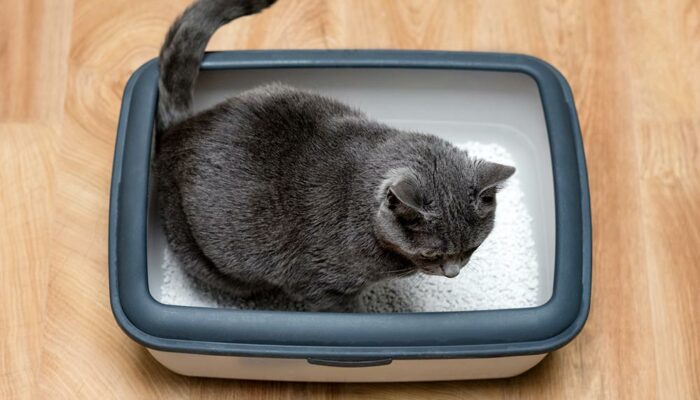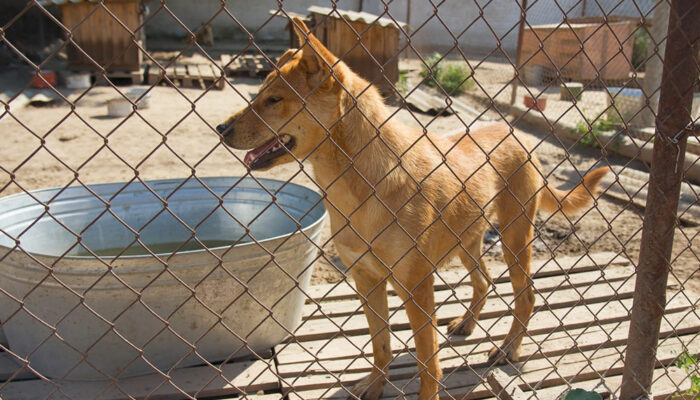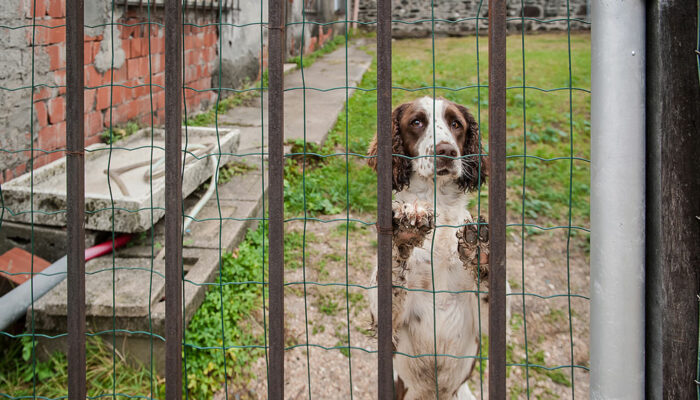
Pets
8 clear signs of tick bites in pets
Tick bites can be a severe problem for our furry friends, leading to discomfort and health issues if left untreated. Since ticks are known to carry diseases and infections, pet owners have a moral responsibility to learn to identify the signs and symptoms of a tick bite on their pets. In this article, one can find the common signs of tick bites in furry companions for timely treatment and tips to prevent serious complications. Common signs that a tick may have bitten a pet Tick bites are commonly seen in pets that spend much time outdoors. However, indoor pets can be at risk if people or other pets who have spent time outdoors bring ticks inside the house. Whether the pet spends most of their time indoors or outdoors, it is important to be aware of the common signs of tick bites and watch out for them. Tick fever This is one of the most common signs that a tick may have bitten a pet. A tick bite can trigger a fever of 105°F (40.5°C) or more. Lethargy Episodes of deficient energy levels generally follow tick bites. As a result, the pet will experience severe lethargy. They are unwilling to engage in activities or do not respond in their usual, energetic way.
Read More 







